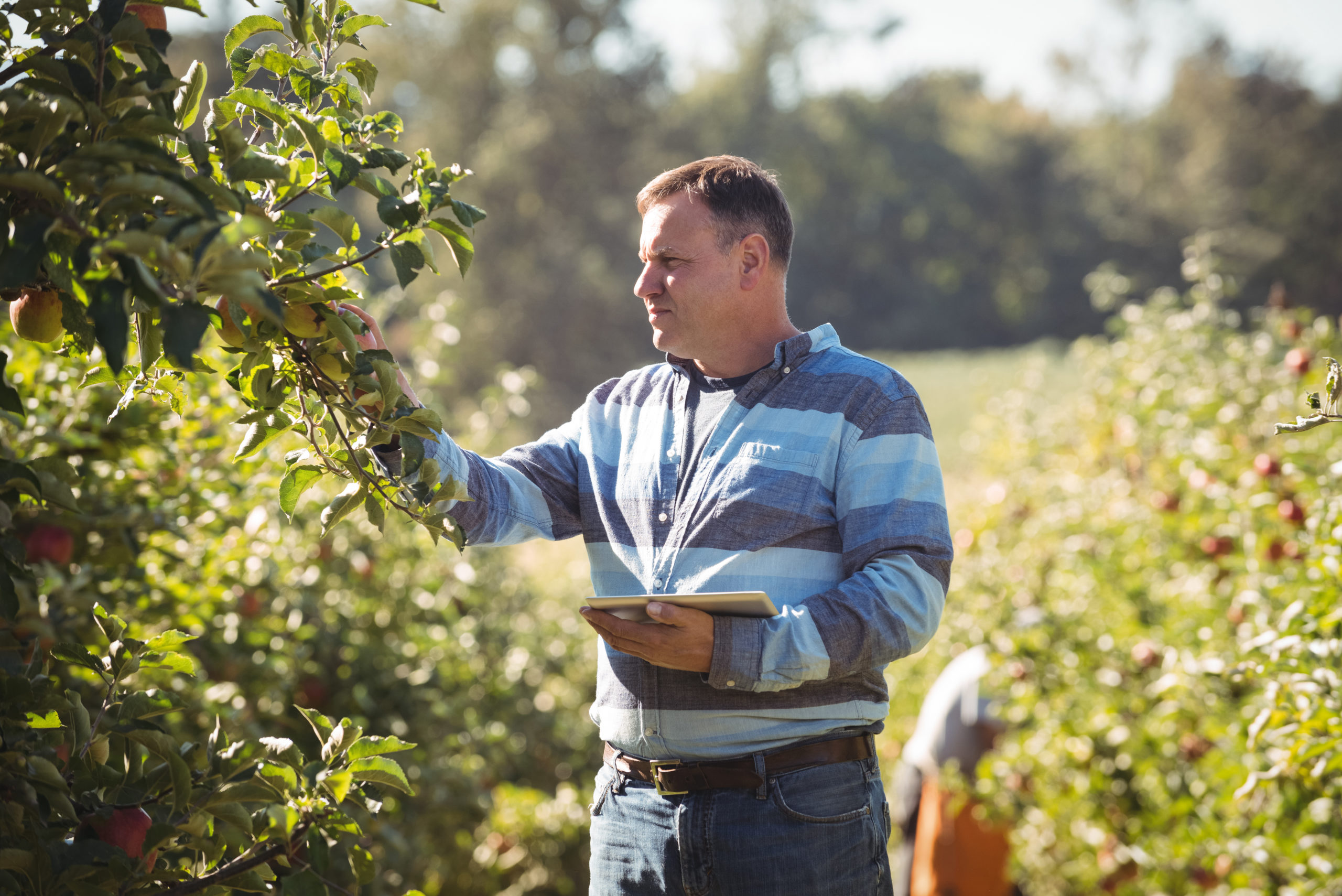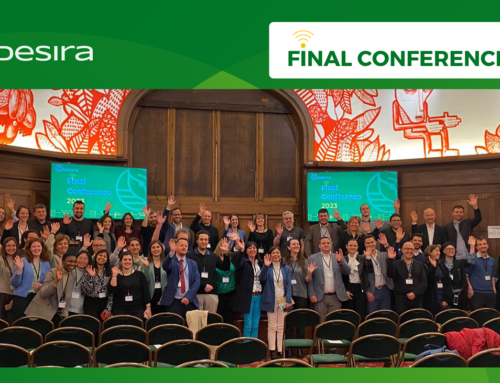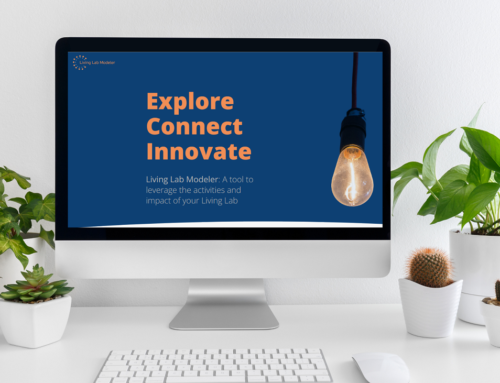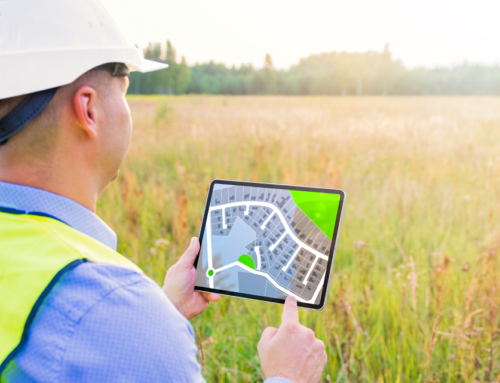Authors: Oliver Moore and Davie Philip, CULTIVATE (The Sustainable Ireland Cooperative Society)
What is the state of play of digitisation in agrifood and how can we make sure it contributes to building sustainability? The report ‘Digitising Agrifood – pathways and challenges’ addresses just these considerations.
It is a comprehensive report from the Centre for European Policy Studies (CEPS) and the Barilla Foundation. It explores the potential of digital technologies to transform agrifood chains and help us to reach the Sustainable Development Goals (SDGs) by 2030.
The report focuses on the opportunities as well as the risks posed by digital technologies for agriculture; it also addresses challenges related to energy consumption, electronic waste, market concentration and job automation.
The main finding of the report is that ‘fixing agrifood is essential, but not sufficient, to save the planet, and that digital technologies are essential, but not sufficient, to fix agrifood’. The report also illustrates the emergence of new digital technologies, which could revolutionise our society and economy in the near future.
Agriculture and Digital Technology
Agriculture represents 9% of global GDP but has been slow to digitise. The report sees the implementation of digital technologies as an essential precondition for achieving sustainability in agrifood. However, it recognises that policy-makers need to adopt a holistic view, and include infrastructure, technology diffusion and capacity-building. Concrete recommendations for the future of the agrifood sector are given, including deploying technologies and data governance to empower farmers and end users.
Agriculture is both a driver and a victim of climate change, loss of biodiversity and overuse of natural resources, the report highlights. There is an emphasis on the crucial role played by the European Union to enable and protect the sector within its regions and at the global level.
Case studies are provided on how wireless connectivity, the Internet of Things, Blockchain and Artificial Intelligence are already being used to increase yields in agriculture, reduce food waste, and change consumption patterns towards healthy diets.
The report finds that there are significant potential benefits from digitisation along the whole agrifood chain, from improving land management to reducing the use of pesticides, from tackling food waste to promoting healthier diets.
Sustainability and Digitisation
Integrating digital technologies can increase both trust in and sustainability of agrifood. Many more actors can get involved in shared platforms and in virtual/cloud services.
However digital technologies can aggravate inequalities. Examples include decreased corporate liability and weakened bargaining power for employees and independent contractors. Market concentration can be reinforced, with a small number of large players dominating.
It can also be difficult to measure the sustainability of digitisation, because, while it can impact over a large area, digitisation in itself can have a small footprint.
In other words, digital platforms are slim, often employing very few people, and taking up very little of the available space(s); nevertheless, they can process large amounts of value. This makes them harder to measure using current sustainability metrics, as for now, these platforms have been absolved from responsibility for the sustainability or otherwise of what’s moved through them.
Future Policy recommendations
A holistic ‘policy mix’ is recommended for future food systems. This includes ensuring adequate connectivity; deploying the full technology stack; generating and sharing data for distributed, sustainable governance; developing an ethical and policy framework for AI and data management; providing incentives to shorten supply chains and rebalancing the bargaining power of farmers, distributors and data managers.
All told, this report is a timely, well informed and very useful outlining of where we are at with digitisation of the agrifood system, and, equally importantly, where we need to get to next, to make sure it contributes to sustainability.
Photo credits: Wavebreakmedia_micro/Freepik






